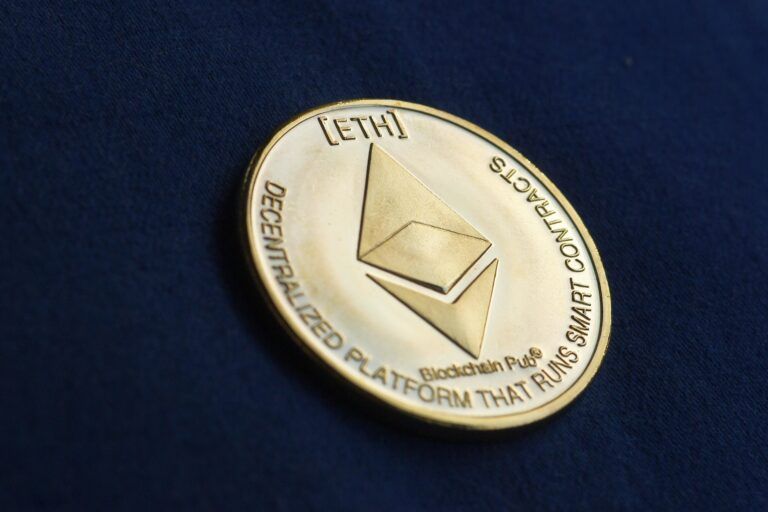
According to Reuters, Seattle-based startup EigenLayer has taken the crypto world by storm, attracting $18.8 billion worth of cryptocurrency to its platform in just six months. The company, founded by former University of Washington assistant professor Sreeram Kannan, has invented a new investment strategy called “re-staking,” which has quickly become a popular choice among traders seeking high yields.
EigenLayer is a groundbreaking protocol developed on the Ethereum blockchain, introducing the concept of “restaking.” This allows users who have already staked their Ethereum (ETH) to leverage their staked assets further, enhancing both security and potential rewards within the Ethereum ecosystem.
Restaking in EigenLayer enables Ethereum stakers to use their already-staked ETH or liquid staking tokens (LSTs) to secure additional decentralized applications (DApps) and services on the network. By opting into EigenLayer’s smart contracts, stakers can restake their assets, which helps increase security for these new applications. This is achieved without unstaking the original ETH, thereby maximizing the utility and efficiency of the staked capital.
EigenLayer provides numerous benefits. It significantly boosts protocol security by allowing protocols to tap into Ethereum’s robust security layer by incentivizing ETH stakers. This increases the security of new applications built on Ethereum. The protocol offers a high degree of flexibility, allowing developers to retain control over their projects while leveraging Ethereum’s security. This flexibility facilitates developer success by lowering the barriers to building new validator pools, thus promoting innovation and development of new projects.
However, EigenLayer also introduces some risks and complexities. Stakers face slashing penalties on the consensus layer and any additional slashing conditions set by the protocols they support, potentially affecting up to 100% of their staked ETH. The promise of increased yield might lead stakers to redirect their assets to EigenLayer, centralizing a significant portion of Ethereum’s staking power. Moreover, competition among protocols to offer higher yields could lead to unsustainable practices and potentially lower overall yields for users.
<!–
–>
A practical application of EigenLayer’s capabilities is EigenDA, a data availability layer that enhances scalability by offloading data storage tasks. This approach helps reduce transaction fees on Layer 2 solutions and improves data bandwidth, making it a vital tool for the Ethereum ecosystem.
EigenLayer represents a significant advancement in Ethereum’s staking and security model. By allowing ETH stakers to restake their assets across multiple protocols, it enhances security, rewards, and capital efficiency. However, it also introduces new risks and complexities that need careful consideration. As the protocol evolves, it promises to play a crucial role in shaping the future of decentralized applications on Ethereum.
Reuters’ report says that the growth of re-staking platforms has been fueled by users seeking airdrops and other giveaways, with the expectation of future rewards. However, experts like David Duong, head of institutional research at U.S. crypto exchange Coinbase, warn that re-staking is “very risky,” as users are investing in anticipation of rewards without knowing what they will receive.
The Reuters article also mentions that. despite the risks, re-staking is catching on with institutional investors. Some, like Standard Chartered’s crypto arm, Zodia Custody, have observed significant interest in staking but consider re-staking a step too far due to the difficulty in establishing a clear “paper trail” of asset movements and reward distribution. Others, such as Nomura’s crypto arm, Laser Digital, have partnered with re-staking platforms like Kelp DAO to participate in this emerging trend.
Featured Image via Pixabay
- SEO Powered Content & PR Distribution. Get Amplified Today.
- PlatoData.Network Vertical Generative Ai. Empower Yourself. Access Here.
- PlatoAiStream. Web3 Intelligence. Knowledge Amplified. Access Here.
- PlatoESG. Carbon, CleanTech, Energy, Environment, Solar, Waste Management. Access Here.
- PlatoHealth. Biotech and Clinical Trials Intelligence. Access Here.
- Source: https://www.cryptoglobe.com/latest/2024/06/the-rise-of-re-staking-in-crypto-a-high-risk-high-reward-trend/



